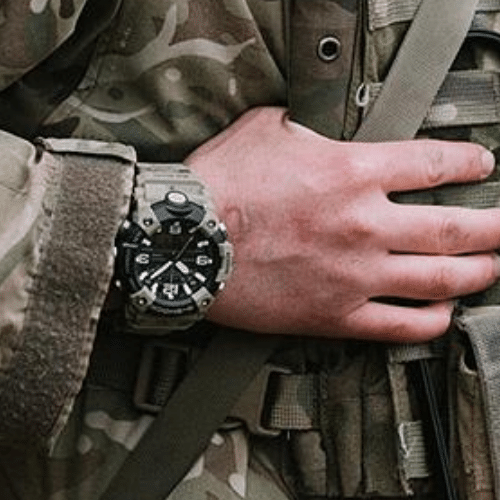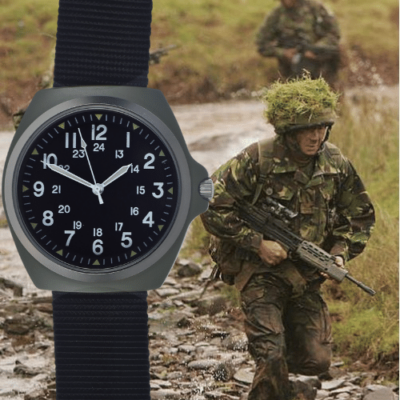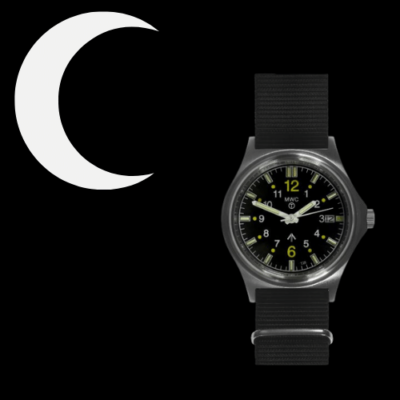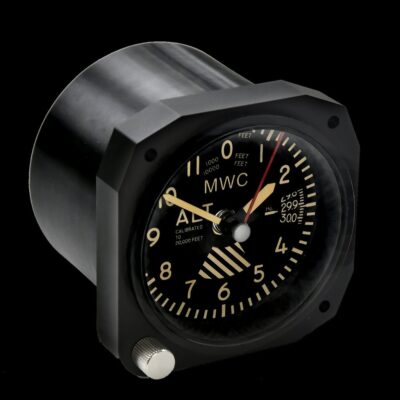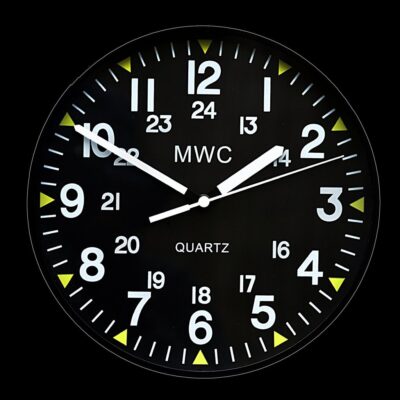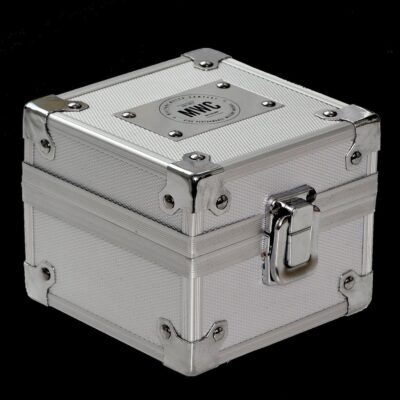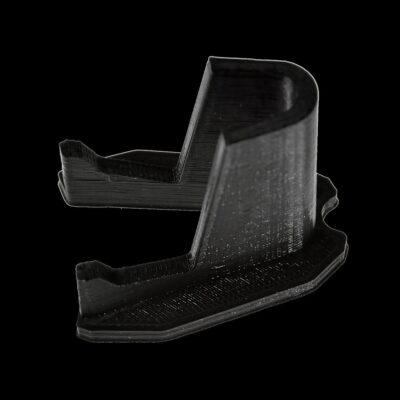News
Ukrainian F-16 Lost During Large Scale Russian Air and Missile Attack: Pilot Deceased
Ukrainian government sources have confirmed the loss of an F-16 during recent engagements with Russian forces, and the death of pilot Lieutenant Colonel Maxim Ustimenko. Little else has been revealed regarding the incident, other than that it coincided with very large scale Russian strikes on Ukrainian targets, and that Ukrainian sources claim that Ustimenko had shot down seven Russian targets before crashing. The F-16’s carriage of just six air-to-air missiles and limited gun rounds, however, has brought the claim of seven shootdowns in a single flight into question, even if the targets were likely low speed drones such as the Shahed-136. The loss of the fighter occurred little over a month after the Ukrainian Armed Forces confirmed the destruction of a third F-16, which was lost on May 16 during an engagement with Russian targets thought to be drones or cruise missiles. A second F-16 was confirmed lost on April 12 after having been shot down by Russian air defences, before which the first loss of one of the fighters was confirmed on August 26. Although the F-16 was widely hailed in the Western world as an aircraft which could turn the tide of the war in Ukraine’s favour, the aircraft have proven to suffer from serious limitations in the theatre.

Highlighting the consensus on the F-16’s standing compared to fighters fielded in the Russian Aerospace Forces, Ukrainian Air Force spokesman Yuri Ignat observed on June 3: “Unfortunately, today Russia has jets that see farther and missiles that fly farther. That’s even when compared to F-16s. They also have powerful air defences, which work in tandem with aviation.” He had previously lamented that the F-16 “cannot compete one-on-one in an air battle.” F-16s supplied to the Ukrainian Air Force have all been early Cold War era variants, the avionics of which are considered long past obsolescence, which is a primary factor placing them at a tremendous disadvantage against modern Russian frontline fighters. The fact that the aircraft were flown for decades before delivery has also significantly raised their maintenance needs and operational costs, where by contrast the vast majority of Russian fighters are less than 15 years old. Eighty flightworthy F-16s have been pledged to Ukraine by NATO members as aid, including 30 from Belgium 24 from the Netherlands, 19 from Denmark, and 12 from Norway, with additional non-flightworthy airframes having been pledged by Norway and the United States to be cannibalised for spare parts. The fighters have consistently been deployed far behind the frontlines for air defence duties against drones and cruise missiles, thus minimising the possibility of encounters with Russian fighters, interceptors or air defence systems.

Despite the fighter’s limitations, a primary advantage of the aircraft is that they can be supplied to Ukraine at a relatively low cost to the country’s Western supporters, and can have spare parts, new weapons, and replenishing fighters delivered relatively easily. By contrast, of the MiG-29, Su-24M and Su-27 fighters that previously formed the backbone of the Ukrainian Air Force’s fleet, only parts and armaments for the MiG-29 were available in some NATO member states, and these only in limited numbers. Thus although the F-16’s combat potential is near unanimously considered far below that of the Su-27 in particular, which is a much larger aircraft with a radar over three times the size and approximately double the engine power, an inability to replenish Su-27 losses in the same way that can be done for F-16 losses, and the ability to enhance the F-16 with new missile classes and subsystems more easily in the West, represents a primary advantage for the aircraft.

